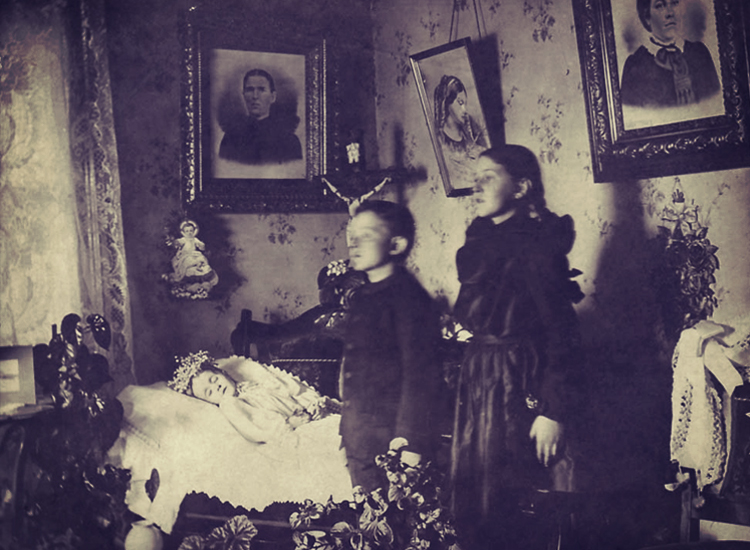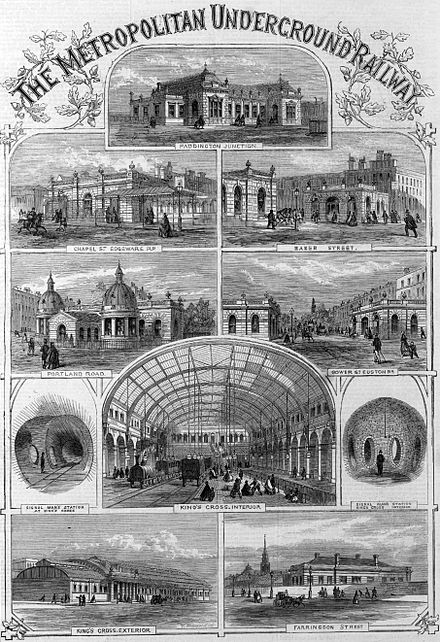
Image: Diaries, Ghost, et al. “Memento Mori: The Macabre Victorian Art of Death Photography.” The Occult Museum, 16 May 2017, https://www.theoccultmuseum.com/memento-mori-macabre-victorian-art-death...
Overview
Memento mori, the ancient philosophy of reflecting on death, was represented in Victorian funerary practices through limiting social activity, donning customary mourning clothes, hosting lavish funerals, and...
more

